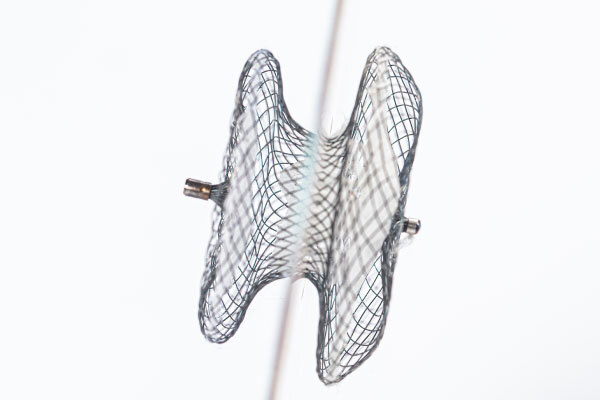Procedures
PFO Closure
Patent foramen ovale (PFO) is a common condition where a small hole remains in the heart after birth. In some individuals, the PFO can cause problems such as recurrent strokes, migraines with aura, or decompression illness in divers. PFO closure is a safe and effective treatment option for these patients.
The procedure involves placing a small device through a thin, flexible tube called a catheter, which is inserted into a vein in the groin and guided to the heart. The device is then used to seal the PFO, preventing blood from flowing through the hole. The procedure is performed under general anaesthetic under Xray and ultrasound control.

Call for Appointment
(02) 9646 4044
Procedures Expertise
Coronary Angiography & Stenting
Electrophysiology Study and Catheter Ablation
Everything you need to know
about PFO closure
What is PFO?
PFO stands for patent foramen ovale, which is a small hole in the heart that remains open after birth.
What are the symptoms of PFO?
Some individuals with PFO may not experience any symptoms, while others may experience recurrent strokes, migraines with aura, or decompression illness in divers.
How is PFO diagnosed?
PFO can be diagnosed with an echocardiogram.
What is the PFO closure procedure?
PFO closure is a minimally invasive heart intervention procedure that involves sealing the PFO using a small device.
How is PFO closure performed?
PFO closure is performed using a catheter, which is inserted into a vein in the groin and guided to the heart. The device is then used to seal the PFO.
Is PFO closure a safe procedure?
Yes, PFO closure is a safe and effective procedure with a low risk of complications.
What is the recovery time after PFO closure?
Most patients are able to resume normal activities within a few days after the procedure.
How long does PFO closure last?
PFO closure is a permanent treatment for the condition.
Call for Appointment
(02) 9646 4044
Procedures Expertise
Coronary Angiography & Stenting
Electrophysiology Study and Catheter Ablation
Structural Heart Intervention Procedures
Transcatheter Aortic Valve Implantation (TAVI) | Balloon Mitral Valvuloplasty | Left Atrial Appendage Closure (LAAC) | Paravalvular Leak Closure (PVL) | Renal Artery Denervation (RDN)
Book an Appointment
Call for appointment/GP referral
(02) 9646 4044
